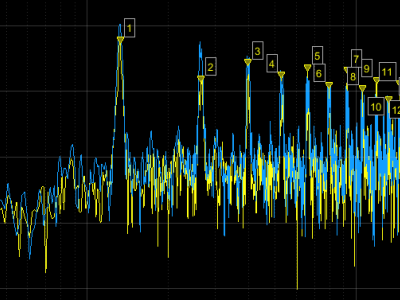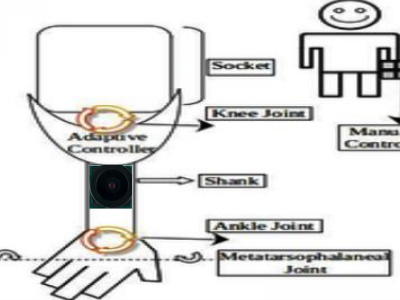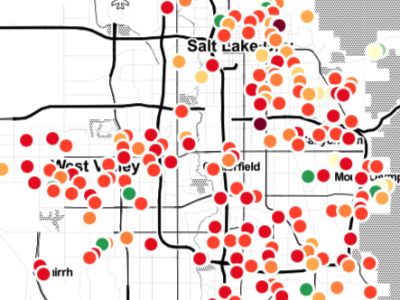Built Environment Data

- Citation Author(s):
-
Girish Vishwanathan (Vishwakarma University, Pune, India)Kailas Patil (Vishwakarma University, Pune, India)Vishal Meshram (Vishwakarma Institute of Technology)Amol Bhosale (MIT Art Design and Technology University)Shrikant Jadhav (San Jose State University)
- Submitted by:
- Kailas PATIL
- Last updated:
- DOI:
- 10.21227/vhjb-8704
- Data Format:
 82 views
82 views
- Categories:
- Keywords:
Abstract
The data for this research are gathered from a variety of environments to evaluate CO2 accumulation under a range of uncontrolled variables. The dataset includes both built environments and transportation settings, offering a comprehensive view of real-world conditions across different contexts:
Built Environments: Data were collected from various indoor locations such as offices, banks, and public spaces like gyms and libraries. Each site was selected for its distinct characteristics, including occupancy levels, spatial dimensions, and ventilation systems. For example, data from a bank located on Anna Salai, Chennai, were recorded continuously over a 7-day period, capturing fluctuations in CO2 levels in relation to customer flow and operational hours on weekdays, weekends, and public holidays.
Transportation Scenarios: The transportation data focus on enclosed areas with frequent occupant changes, such as air-conditioned buses and metro systems. This dataset includes CO2 measurements from specific routes, like the blue line of the Chennai Metro Rail, where sensors monitored variations in CO2 levels during both peak and off-peak hours, assessing the influence of passenger density on air quality.
Instructions:
It includes travel and trasportation data








